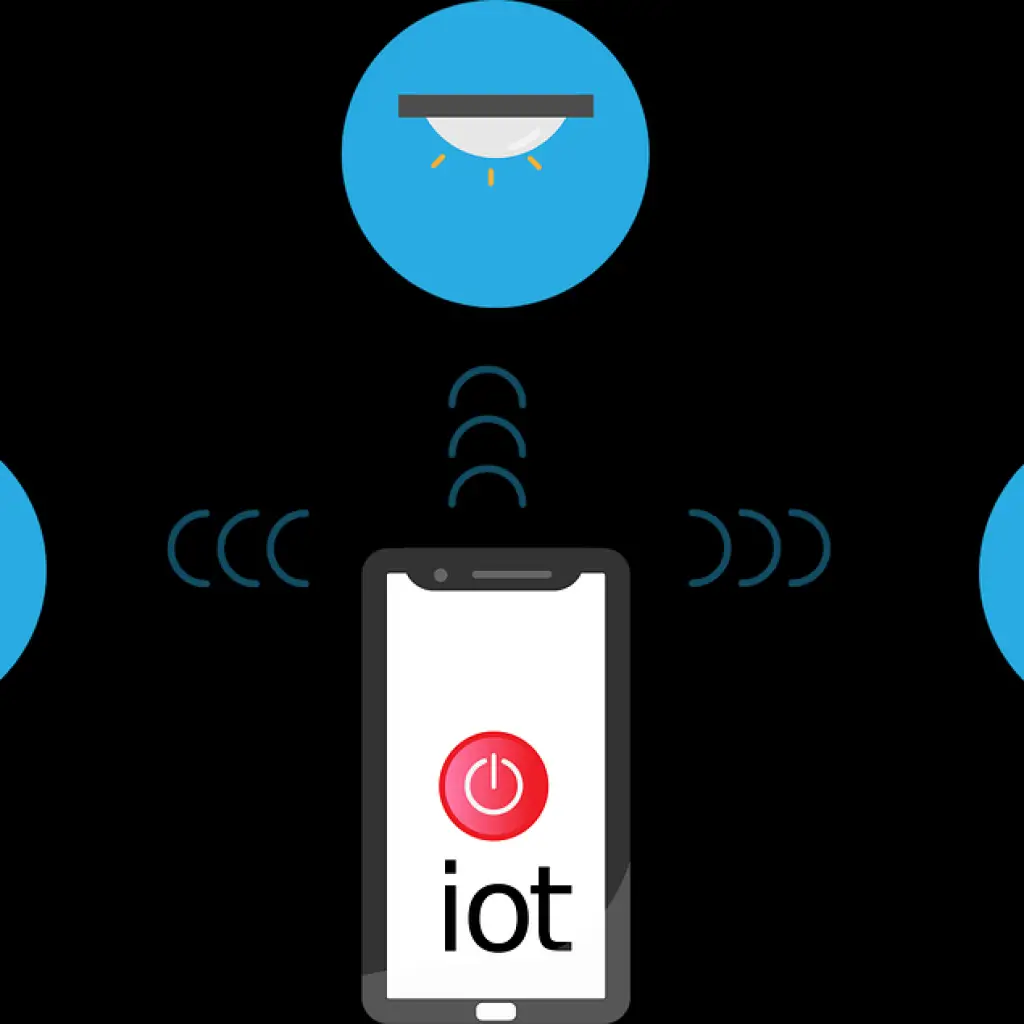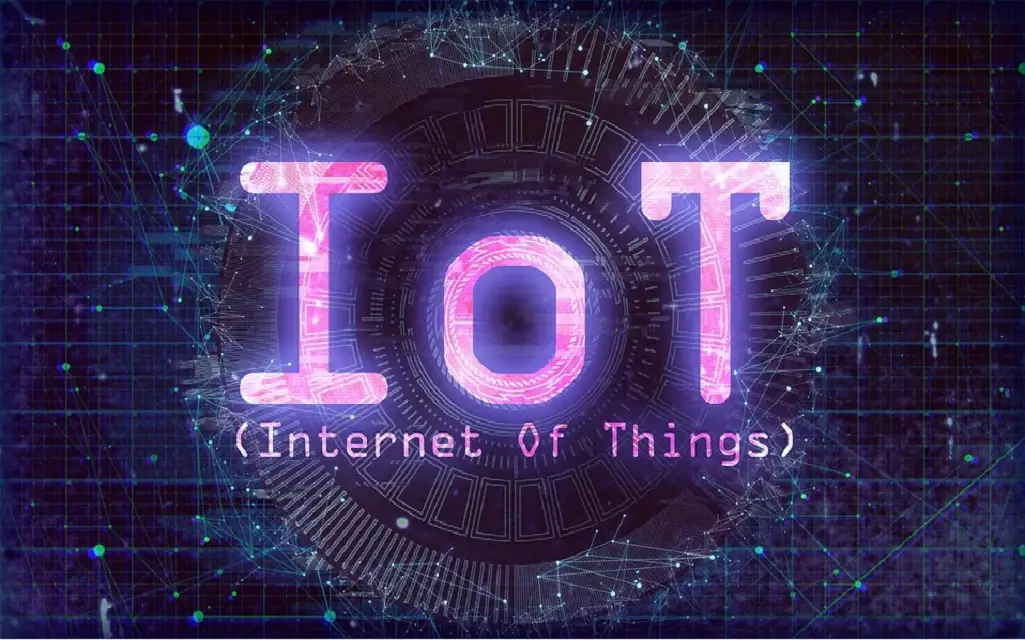Gone are those days when fitness is limited to clinical suggestions and prescriptions. Internet of Things (IoT) technology has really evolved almost every major industry, including healthcare. From smart sensors to drones, we have seen some great innovations. All thanks to IoT tech-savvy devices.
Wearables technology has various crucial factors that can shape the healthcare industry. With data-centric assistance, diagnostic systems are becoming more advanced. Nowadays, wearable smart devices are upgrading user experience with this new approach.
Statistics showed that the rise of these IoT applications might reach 32.71 billion dollars in the medical devices market by 2027, which was 6.22 billion dollars in 2017. As IoT applications merged with mobile app development, industries are experiencing steep smartphone penetration.

Accenture researched that 75% of US-based commuters think that technology is necessary to manage their health. Hence, the fact can’t be neglected – IoT can be an innovative cure for the healthcare industry. From diagnosing patients to storing detailed reports, these applications have the potential to stand-out among other technologies.
Page Table of Contents
The Story till now…
Back in history, wearable devices are generally centered at eyeglasses, hearing-aid devices, etc. Now people have internet connectivity that transformed the utilization of these devices. We have seen AR & VR devices, smartwatches, wireless sensors, etc. in our era.
The 21st century is now all about simplifying everyone’s lifestyle. People will have more leverage to manage their household appliances and other digital devices through IoT applications. These insights are putting a spotlight on wearable technology and gave new scope to the healthcare industry.
How wearables are impacting the current scenario?
In recent months, a Scotland-based business got approval to set up their AI-enabled devices to scan patients in the hospital. These techs are capable to measure human pulse, body temperature, oxygen rate, and much more.
There is an exponential growth in the scope of these IoT applications, making a clear way for future automation. As they provide personalized care to the patients, healthcare facilities can ease the process of diagnosis.
Here are some of the best examples of IoT-based wearable devices being utilized by many healthcare premises:
IoT Based Devices
- Electromyography sensor to determine muscular activities.
- Electrodermal sensor for estimating stress with a built-in wristband.
- A watch-based accelerometer to track physical activities in motion and rest state.
- Temperature monitoring device for females’ bodies to identify the maximum fertile period.
As these wearable devices are connected with other devices through the cloud or Bluetooth connection, all the data will be saved on the device’s storage. Hence, doctors can access previous details of a patient for diagnosis purposes.
What makes Wearable Technology redefine the healthcare industry!
As this digital era is coming to its dawn age, we have experienced some great innovations and transformations in various timelines of our lives. The latest advances and methodologies are being implemented in telemedicine and pharmaceutical, resulting in better outcomes.
Wearable devices are also capable to fulfill the core healthcare requirements for patients, facilities, and distributors in this industry. Their utilization includes the following benefits:
- They are easily accessible to the patients residing in rural as well as urban areas according to the requirements.
- Better utilization of medical equipment while optimizing the staff distribution and reducing financial influence.
- Optimizing the patient’s experience and engagement with appropriate outcomes.
- Minimizing unnecessary occupancy and visits to the emergency room and hospital facilities.
Even fitness-oriented citizens also find these devices as their healthcare partners. For instance, smartwatches come with features like steps count system, heartbeat measurements, and a lot more.
What makes them dependable?
1. Reliability
If there is a question that arises on the reliability of these wearable devices then there are many pointers to prove them dependable. Since data sharing and security is the major factor to consider for this topic, so industries are mostly oriented towards cloud platform.
Most of their applications and systems are being hosted over cloud services, as they are reliable and profound. This aspect settles down the reliability factor of wearable devices and IoT applications for healthcare premises.
2. Accuracy
When it comes to diagnosing patients, reading reports and analyzing the diseases, doctors will claim their accuracy factor. As these devices are integrated smart sensors and other smart features, so people didn’t see any flaw so far.
These devices work according to certain parameters that help in calculations and estimations. With an approach to meeting the core requirements of the healthcare industry, this technology has brought many advances. Treatments have become unsophisticated for both patients and doctors due to accurate measures.
What to expect in the future?
What to Expect in the Future?
With all the factors discussed above, the future of technology looks safe in the hands of IoT applications. With more feature-rich devices to come, people will see some great innovations. AI and machine learning are being integrated with these devices, making them a complete package for futuristic techs.
Devices like sensors, real-time health monitoring, smartwatches, scanners, and remote systems will be seen as common IoT applications in the healthcare industry.
Considering the emergence of current technologies, we will see the evolution in today’s situation of digital transformation related to every major aspect. They will be integrated with highly accessible and progressive data, AI-enabled features along with the secure open-source platform.
Just like today, these technologies will focus on consumer-centric solutions delivery, instead of focusing experimentation on the on-going systems.
By capturing real-time stats and making reports accessible during a similar moment, the future of the healthcare industry will remain on a safer side. Patients won’t be any long queues for appointments, doctors will stay connected through connected storage, and interactions will take place in less than expected time.
So IoT is a boon to the industry!
Remember the time when doctors weren’t easily available at the time of emergency. Overcoming the risk of losing a valuable life has always remained under focus. IoT has brought many innovations, helping people to tackle emergency conditions. Cost reduction, time-saving, real-time data access, instant connectivity, and flexible communication – all of these advantages are the crucial factors for the rise of these wearable devices.

